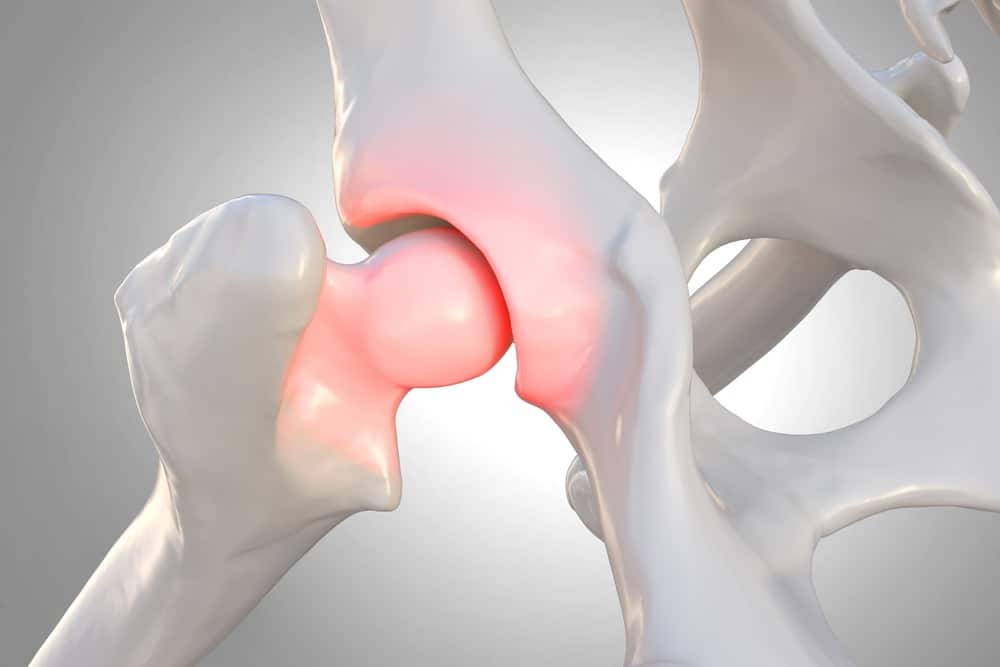
Canine hip dysplasia is a common condition that affects many dogs, particularly larger breeds. It is a genetic condition that causes the hip joint to develop abnormally, leading to pain, stiffness, and reduced mobility. While there are several treatments available for canine hip dysplasia, including medications and surgery, stem cell therapy is emerging as a promising new option. In this blog post, we’ll explore the benefits of stem cell therapy for canine hip dysplasia and how it can be a game-changer for mobility.
Stem Cell Therapy for Canine Hip Dysplasia
Stem cell therapy can be used to treat canine hip dysplasia in several ways. First, stem cells have anti-inflammatory properties that can help reduce inflammation in the hip joint, which is a major component of canine hip dysplasia. By reducing inflammation, stem cell therapy can help improve mobility and reduce pain and stiffness.
Second, stem cells can help regenerate damaged tissues in the hip joint. Canine hip dysplasia can cause damage to the cartilage and bone in the hip joint, leading to reduced mobility and pain. Stem cells can help regenerate this damaged tissue, which can help improve hip function and reduce the severity of canine hip dysplasia symptoms.


Benefits of Stem Cell Therapy for Canine Hip Dysplasia
There are many benefits of stem cell therapy for canine hip dysplasia, including:
- Reduced Pain and Stiffness: Stem cell therapy can help reduce pain and stiffness in dogs with canine hip dysplasia, improving their quality of life and mobility.
- Improved Mobility: Stem cell therapy can help improve mobility in dogs with canine hip dysplasia, allowing them to move more freely and engage in activities they may have previously been unable to do.
- Reduced Need for Medications: Stem cell therapy can help reduce the need for medications in dogs with canine hip dysplasia, which can reduce the risk of side effects and improve quality of life.
- Minimally Invasive: Stem cell therapy is a minimally invasive procedure that does not require surgery, which can reduce the risk of complications and improve recovery time.
Canine hip dysplasia can be a frustrating and painful condition for dogs and their owners. However, stem cell therapy offers a promising new option for treating this condition, improving mobility and reducing pain and stiffness. If you have a dog with canine hip dysplasia, talk to your veterinarian about whether stem cell therapy may be a good option for your dog. With the right treatment plan, you can help your dog enjoy a happy, healthy, and active life for years to come.


